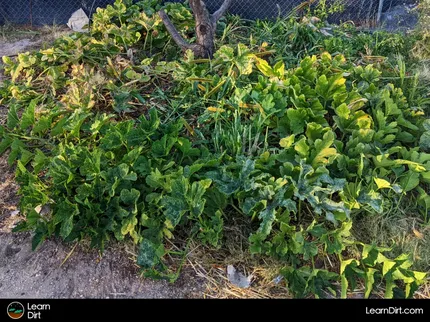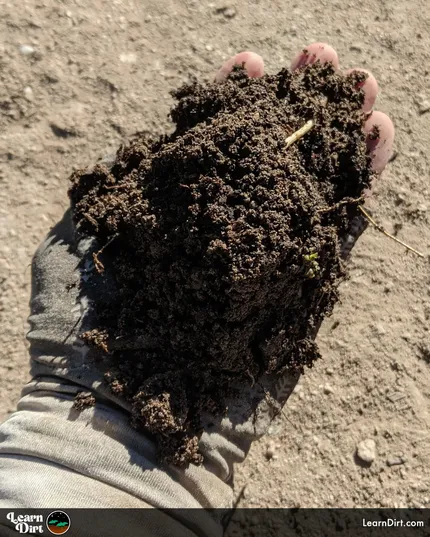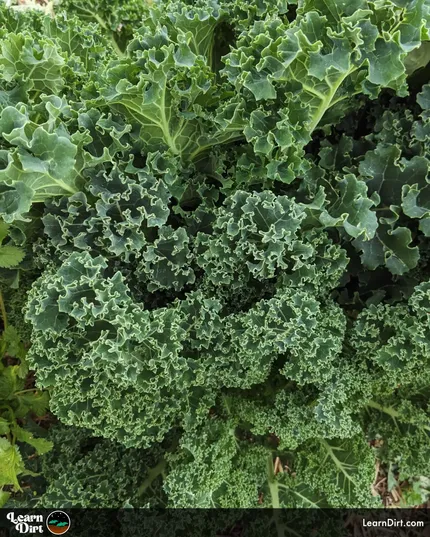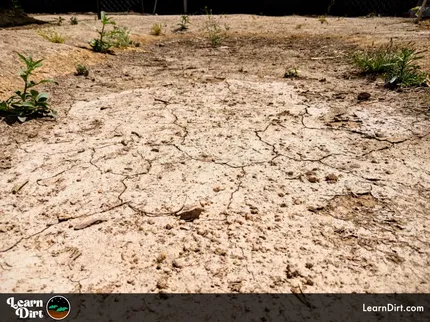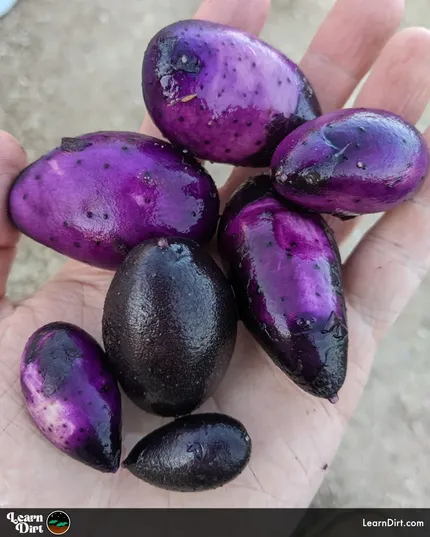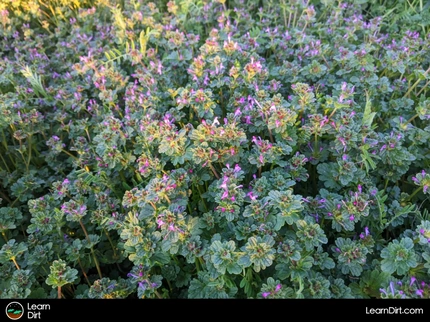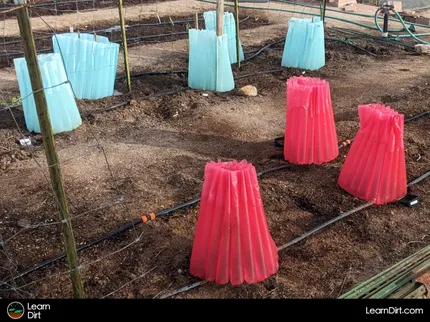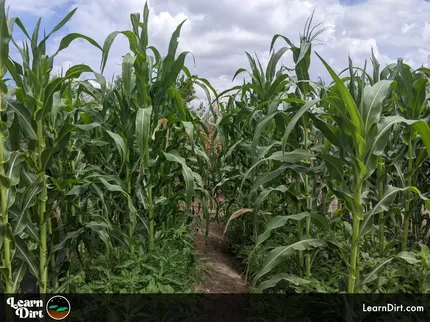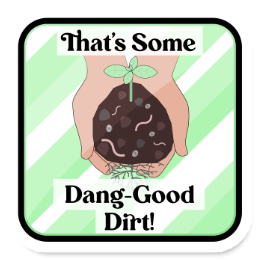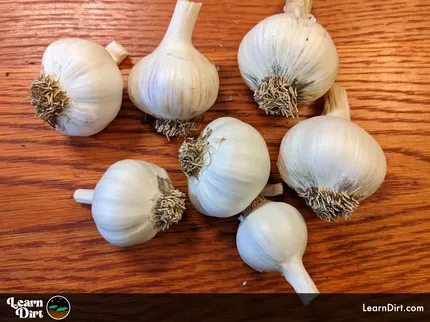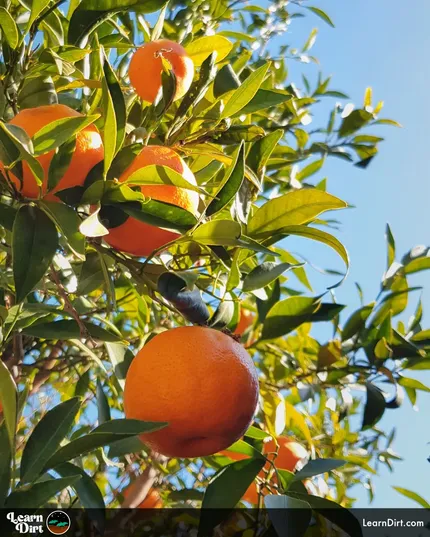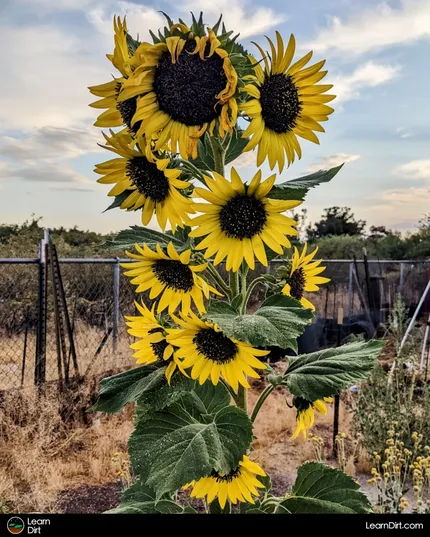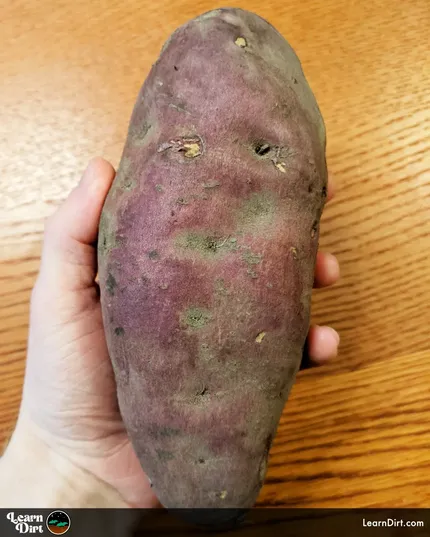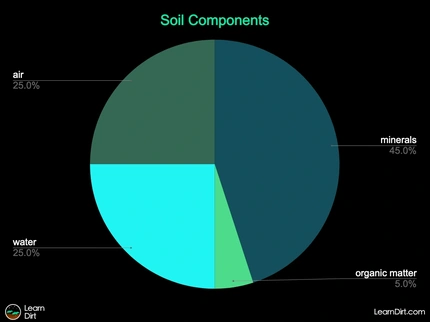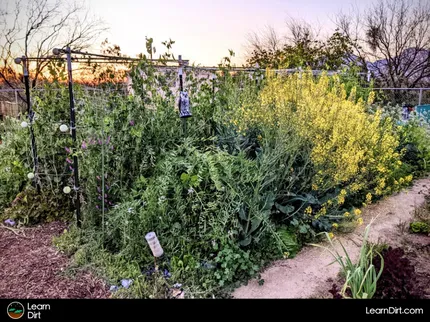Table of Contents
* Our articles never contain AI-generated slop *
Vernalization means "to make like spring", and is therefore the trigger for biennial plants to recognize that spring has, in fact, sprung.
Whether seeds are vernalized in a fridge or vernalized frozen in the ground outside, the purpose is to help induce faster flowering and fruiting in the spring.
You could think of vernalization for seeds as the equivalent to chill hours for fruit and nut trees. In fact, the seeds of the same trees which require chill hours may need vernalization in order to successfully sprout and eventually produce their own fruit or nuts!
Disclaimer: This post may contain affiliate links. Refer to the privacy policy for more information.
Remember that only certain species of seed need to be refrigerated, and only if you plan to grow them in warmer or hotter climates than where the seed originates from.
Natural vs. Artificial Vernalization
Do You Have to Put Seeds in the Refrigerator?
If you're used to growing plants from the tropics or subtropics, refrigerating seeds might not make much sense at first.
For 4-season plants from cold temperate climates, high altitudes, boreal / subarctic / arctic climates however, many seeds naturally go through a chilling period in the winter. Cool-to-cold temperatures and possible hard freezes & thaws of seeds during winter typify these climates.
It is these natural winter cooling & freezing cycles which seed refrigeration attempts to replicate.
Also known as vernalization, cold treatment, or cold stratification, refrigerating seeds is an artificial way to "fool" them into "thinking" they've gone through a winter.
Generally, the purpose of artificial vernalization in the refrigerator is to allow for spring planting.
Join The Grower's Community
Your space to connect, learn, and belong 🌱
Check It Out!
Rather than plant in autumn and allow for natural vernalization of seeds as they go through winter, refrigeration can remove the need for seeds to be in the ground in autumn.
Gardeners and farmers may find this preferable if they don't have enough time to get seeds or bulbs in the ground before winter sets in.
In hot climates, like here in the desert in Southern Arizona (Zone 9A), refrigerating seeds and bulbs can allow us to grow plants in spring which may not find our climate cold enough to vernalize in the winter.
Which Seeds Need Refrigeration to Vernalize?
Think plants from cold climates, and you're headed in the right direction.
Here's a list of plants whose seeds will benefit from being vernalized (whether in a refrigerator or outside all winter in a cold climate):
- Hard-neck garlic bulbs (often needs at least 6 weeks of vernalization)
- Many flower bulbs
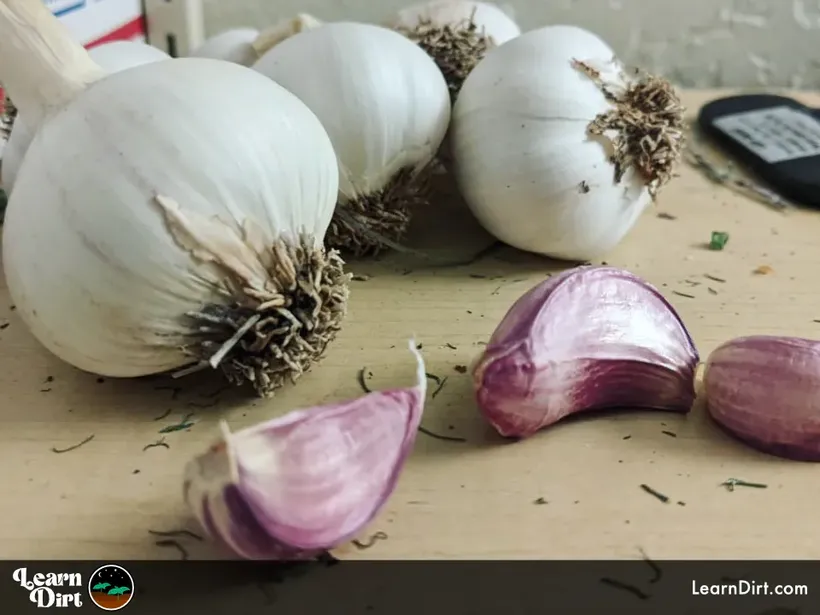
In hot climates you may want to vernalize hardneck garlic in the refrigerator before trying to grow it.
How to Vernalize Seeds in the Fridge
Attaining the right moisture level is the most important part here
That's all for now, thanks for reading!
If you have any questions, comments, or would like to connect with fellow gardeners, head on over to the forum and post there.


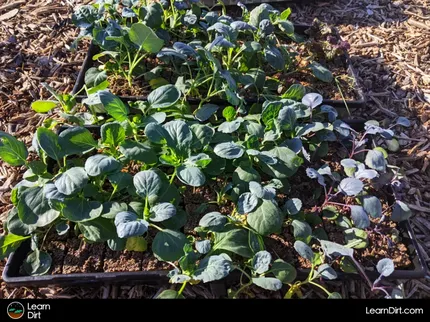

![Black Dirt Live Again [Purple]](/media/product_images/black-dirt-live-again-[purple]_shirt_260x260.png)

